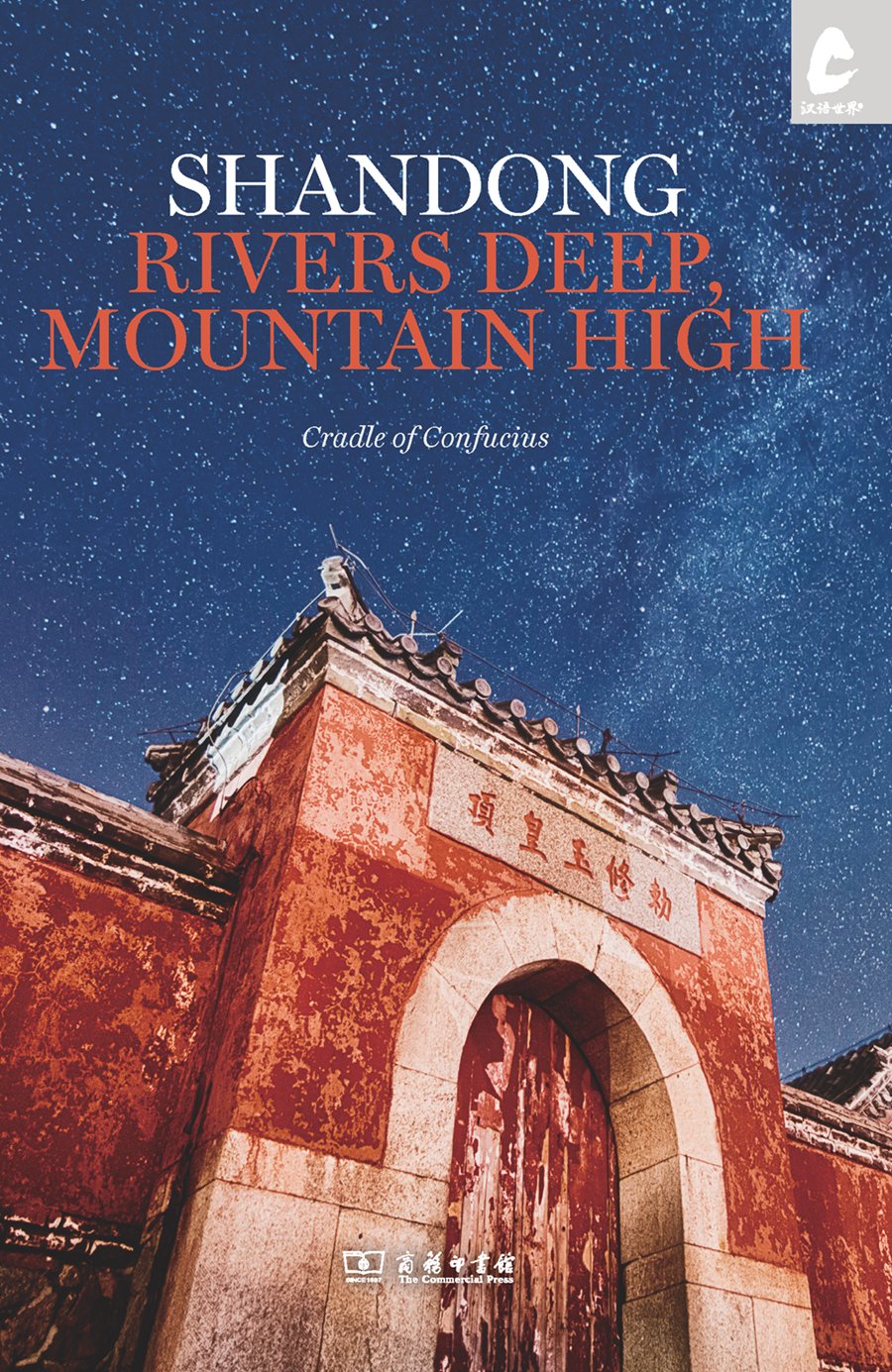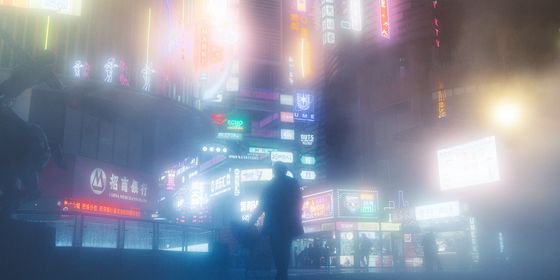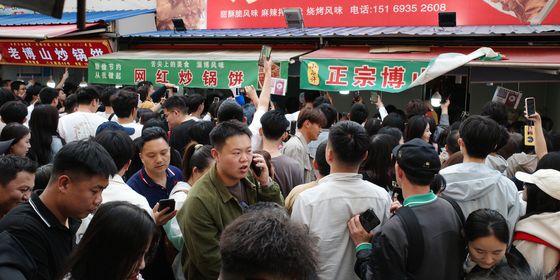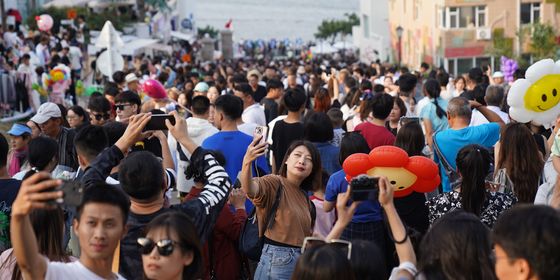A guide to Shandong's best historic sites outside the cities
Urban development may have transformed cities, but there are still a few towns and villages where visitors can get a feel for the past. Dynasties came and went, but these places remained. Qingzhou (青州) in Weifang used to be an important political and cultural hub in northern China, while Zhoucun (周村) in Zibo gave rise to commercial culture in Shandong. Jingtang village (井塘古村) near Qingzhou is a well-preserved, peaceful mountain village with a history dating back 600 years.
Qingzhou Ancient City
Today, China has 23 provinces and 11 administrative regions, but people still use the term “nine regions” or jiuzhou, a usage that can be traced back to the pre-Qin (before 221 BCE) era. It is claimed that in order to regulate the rivers and combat the floods, Yu the Great, a legendary ruler, divided the country into nine territories. Gradually, the term began to symbolize the entire country.
Among the nine regions, Qingzhou was regarded as the hub of the Dongyi culture of eastern China. Archaeological findings show humans living in the area of Qingzhou as early as 7,000 years ago. In Qingzhou, over 270 heritage sites have been found, covering the Beixin, Longshan, and Dawenkou cultures. Throughout the subsequent Chinese dynasties, Qingzhou has remained important as a political, economic, military, and cultural center of Shandong province for over 1,000 years.
For visitors, the best way to see the heritage sites and attractions is to walk along the well-known Ouyuan Street (偶园街). Here travelers will find a Ming dynasty (1368 – 1644) garden, an ancient academy and examination hall, a historic mosque, a Catholic church, and a Chinese scholar tree planted in the Song dynasty ( 960 – 1279). Within these historical attractions, one can learn of the rich history of the city and the charming story of the Feng family who built a small alleyway, which came to represent friendship and selflessness.
At the southern end of Ouyuan Street is the Imperial Examination Archway (一门科第坊), built in the reign of the Wanli Emperor in the Ming dynasty to celebrate the local Feng family’s success in the imperial exams. The Ouyuan Garden—after which Ouyuan Street was named—was the land and residence rewarded to Feng Pu (冯溥), the Secretary of the Grand Secretariat in the reign of Emperor Kangxi of the Qing dynasty (1616 – 1911). Feng Pu spent many years working in the capital and was trusted and respected by the emperor.
Covering 37,000 square meters, the Ouyuan Garden has a history of over 500 years and was famous for its marvelous stone landscape. There are four especially interesting rocks in the garden, with shapes which resemble the auspicious Chinese characters for “blessing” (福), “longevity” (寿), “health” (康), and “peace” (宁).
Outside the Ouyuan Garden is an alley known for defining the cultural spirit of the city: Huoxiang Street (夥巷街), literally “Fellow’s Street.” It was the result of a bitter dispute between neighbors: While Feng Pu was working in the capital, he received a letter from his family, which stated that they had a conflict with the Fang family next door. The two families each believed the other appropriated more space than they deserved when they were building a mutual yard wall. Feng Pu realized that his family wrote this letter in hopes that he would support them with his power and influence, but he didn’t. Instead, he wrote a poem to them, saying: “You sent a letter from a thousand miles away about a wall; Does it matter if you give away three feet of space? The Great Wall still exists today, but where is its creator Emperor Qin Shi Huang?”
Feng’s family was touched by his poem and moved their wall three feet inward. Seeing this, the Fang family was ashamed, so they also moved their own wall three feet inward, and the narrow lane was formed for pedestrians to walk through. The alley was therefore named “Fellow’s Street” to commemorate the peaceful outcome.
Three hundred years after his death, one can still sense the influence of Feng Pu and his family. Their old house, the Ouyuan Garden, is now used as a memorial and teaching site of the ancient city of Qingzhou, enabling students and tourists to learn about their strong family ethics.
Jingtang Ancient Village
Jingtang is a mountain village 15 kilometers southwest of Qingzhou, which is home to beautiful, mostly abandoned stone houses built in the Ming style. Ancient traditional courtyards, stone temples, opera stages, bridges, and wells lie hidden within the mountain greenery.
There are three major courtyards in Jingtang which belonged to the Wu, Zhang, and Sun families. The Wu family’s courtyard is the grandest of them all. During the Ming dynasty, the head of the household, Wu Yibin, married the daughter of a prince.
Prince Heng of the Ming dynasty had three daughters. The elder two married into rich families, but their husbands either passed away early or suffered from illness. The prince then decided to pick a healthy husband for his youngest daughter, no matter his financial status. Wu, a firewood peddler at the time, was the lucky guy. The prince then built 72 intricately-carved houses for the couple.
The whole village is paved in stone with stairs leading to raised courtyard homes. Ancient trees from the Ming dynasty grow out of the cracks of the stony mountain. Among them, two intertwined pagoda trees, named the “couple pagoda trees,” symbolize the happy marriage between the noblewoman and village man.
The village was also featured in the 2014 TV adaption of Nobel Literary Prize winner Mo Yan’s novel Red Sorghum (《红高粱家族》) as the filming location.
Zhoucun, the Original Commercial Town
Founded over 2,500 years ago, Zhoucun is a silk-weaving town which supplied the overland and maritime Silk Roads.
The main attraction of Zhoucun is the Zhoucun Ancient Commercial Town (周村古商城). The area includes Main Street, a road of over 1.3 kilometers which is filled with old shops and stores. There is also Sishi Street, Yinzishi Street, Buddhist temples, exhibition halls of commercial culture, and much more. Regarded as a “living museum of ancient commercial architecture,” the street was built in the 1400s. It was once home to the most famous silk brands in the country. In the year of 1904, Zhoucun was given the status of designated trade hub by the Qing government. With business in full swing, it was trading with cities as far as Beijing, Shanghai, and Guangzhou.
At the northern end of Main Street is a tablet inscribed with four Chinese characters: “今日无税” ( “No Tax Today”), first erected in the Qing dynasty. Seeing the profits made in Zhoucun, corrupt local officials began to levy heavy taxes on merchants, and gangs started to collect “brokerage” and protection fees. When things were close to getting out of control, a native-born official named Li Huaxi returned to the city, and learned what was happening. Li reported the situation to the Shunzhi Emperor. However, the emperor simply told Li: “Today’s tax can be exempt.”
Without other solutions, Li ordered the construction of the tablet and told people that was an imperial edict. Obviously, no one could be sure which day was supposed to be “today,” so it put an end to the villainy of the local thugs.
Visitors to Zhoucun must try authentic Zhoucun shaobing (烧饼, sesame seed cake). The snack evolved from a thin pancake from Western Asia, which was introduced to China during the Han dynasty (206 BCE – 220 CE). In the late 1800s, an owner of a shaobing shop in Zhoucun named Guo Haiting improved the recipe by making it much thinner and crispier, inventing today’s renowned Zhoucun sesame cake.
Cover image: Qingzhou Ancient City, Weifang
Excerpt taken from Rivers Deep, Mountain High, TWOC’s guide to Shandong. Get your copy today from our online store!













